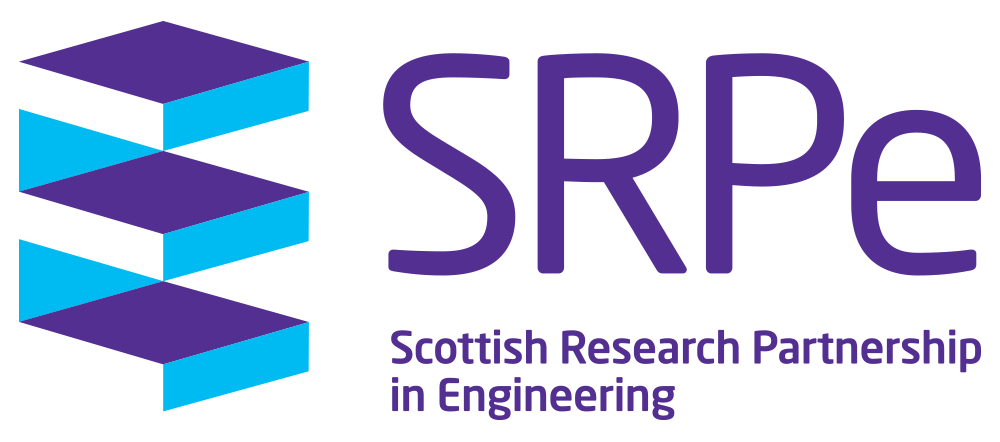Next generation design tools: Full device Design Modelling of Aneurysm Repair Stents
Academic Institution: University of Strathclyde
Academic Supervisor: Dr William Dempster
Industry Partner: Terumo Aortic
PhD Student: Lewis Wallace
Start Date: 31st July 2020
Abstract
The occurrence and rupture of an aneurysm in the lower abdominal artery is the tenth most likely source of death in men over the age of 55. If an aneurysm is identified then stent like technologies have been developed over the last 10 years to allow for ease of deployment, structural support and to provide adequate blood flow to mitigate against aneurysm wall rupture. While such devices are in clinical use, the design of such devices is challenged by the inability to determine the true mechanical and haemodynamic state when deployed in an artery. Thus, the mitigation of device failure due to fatigue, leakage and restenosis is difficult. The inability to measure the true mechanical status of a device when deployed in a human artery necessitates the use of computational modelling tools. Thus the overall aim is to develop simulation tools to allow medical device manufacturers to minimise mechanical failure and to enhance the overall performance of devices that are specially tailored for patient's anatomy.
The project is driven by the technology needs of Terumo Aortic, based in Scotland and a world leader in aneurysm repair systems. The project builds upon engineering simulation methods developed by Dempster, Nash and Kyriakou of the University of Strathclyde, to represent the core ring elements of the Terumo stent graft systems and will extend these to address a number of new issues; including full device modelling in specific anatomies and the inclusion of vessel wall structural interactions.
The ability to address full device deployment will allow the simulation techniques to extend device lifetime and patient success rates by mitigating against device occlusion, fatigue failure and positioning challenges. Furthermore, improved design and a better understanding of complex patient artery geometries will allow the technology to be extended to a wider treatable range of patients.
